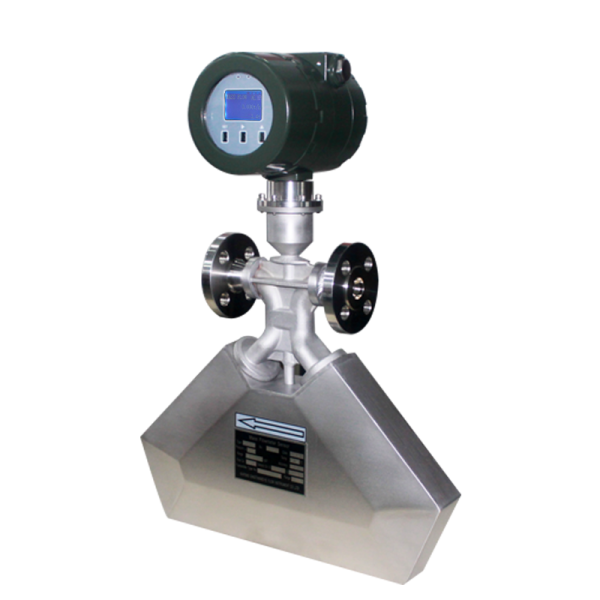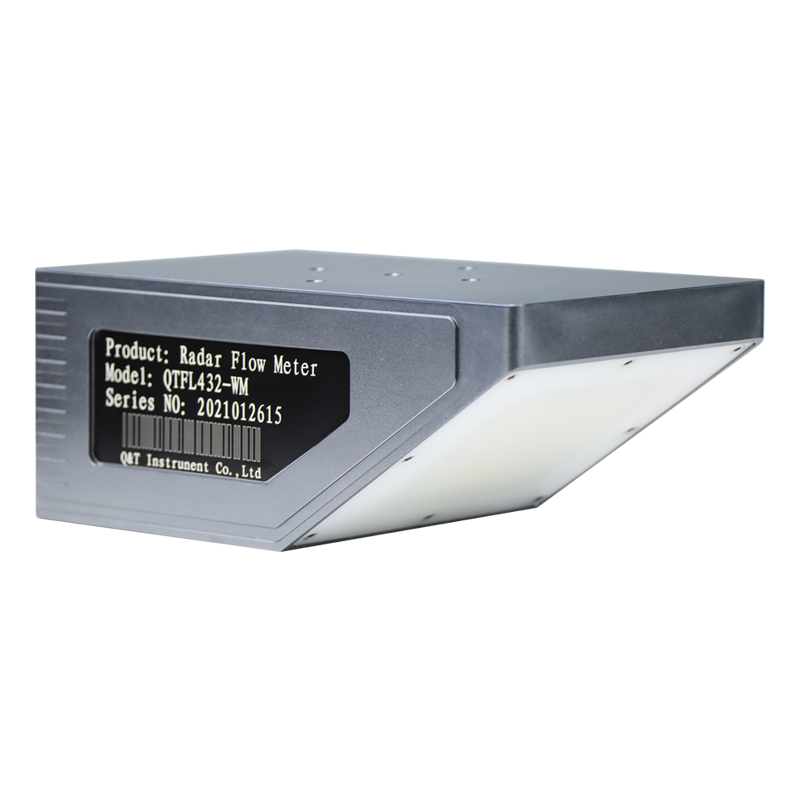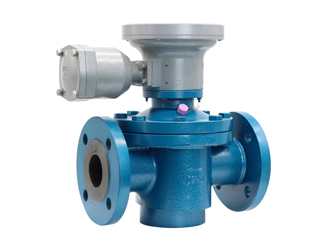2024-01-06
Principle of Vortex Flowmeter
The principle of the vortex flowmeter is based on the vortex phenomenon generated when the fluid passes through a specific obstacle.
Specifically, when the fluid flows through an obstacle (also called a vortex generator or Bluff Body) installed in the pipe,
Alternating vortices will be generated downstream of the obstacle, a phenomenon called Karman vortex street.
The formation of these vortices is related to the flow rate of the fluid. The higher the flow rate, the higher the frequency of the vortices.
Vortex flowmeters calculate the volumetric flow rate of a fluid by detecting the frequency of these vortices.
The key components of a vortex flowmeter include a vortex generator, a sensor and a signal processor. The vortex generator is usually a non-streamlined obstacle.
It causes the boundary layer in the fluid to separate and form regular vortex rows.
The sensor is located downstream of the vortex generator and is used to sense the vibration caused by the vortex and convert it into an electrical signal.
These electrical signals are then received and processed by the signal processor to calculate the volumetric flow rate of the fluid and output
as standard electrical signals for easy connection with other instruments or control systems.
Vortex flow meters have high measurement accuracy and wide flow measurement range, and are suitable for a variety of fluids and pipe sizes.
They are widely used in industrial processes to measure the flow of media such as gases, liquids and vapors.
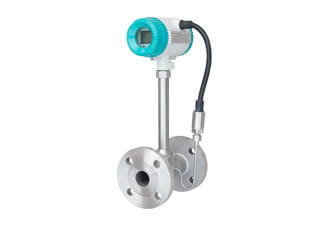
share:
Pre: Electromagnetic Flowmeter Principle
Next:Back To List



.jpg)
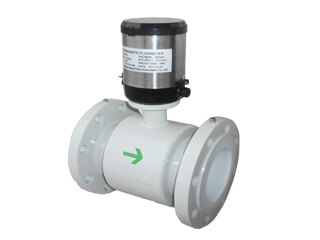
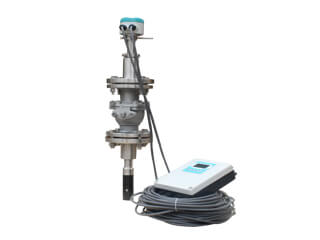
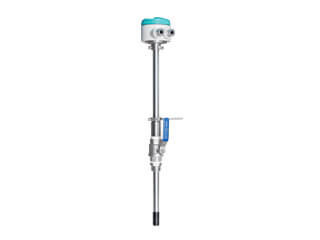
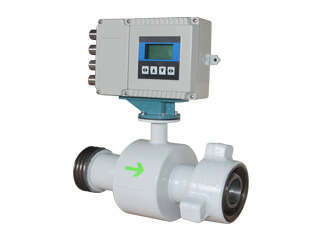
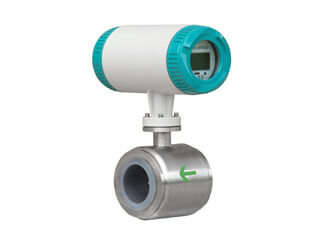
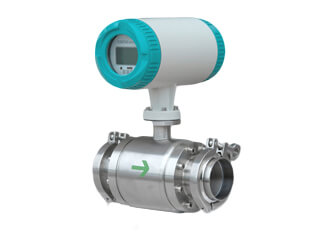
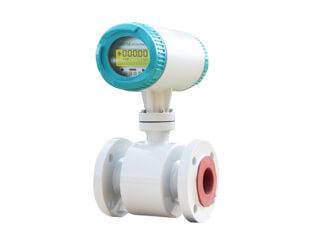
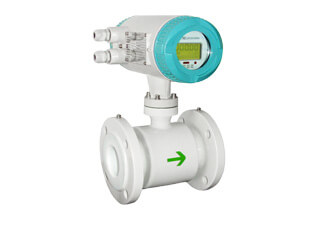
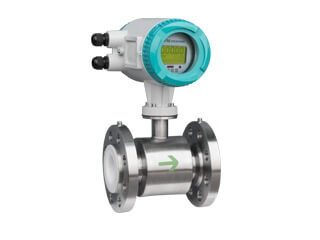
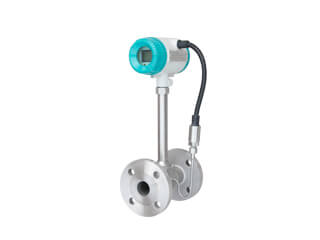
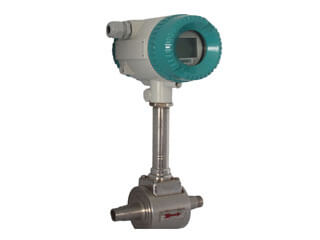
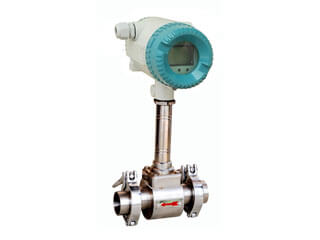
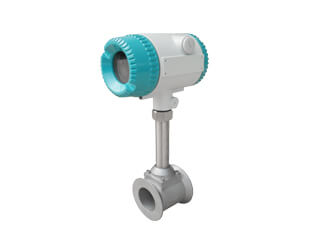
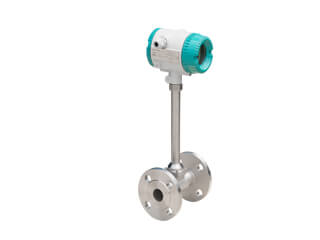
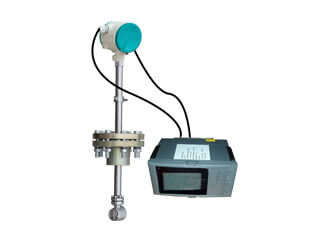

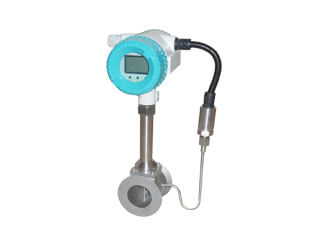
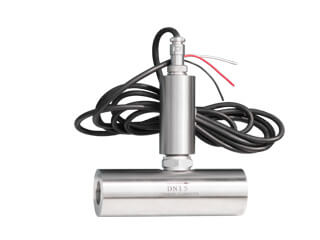
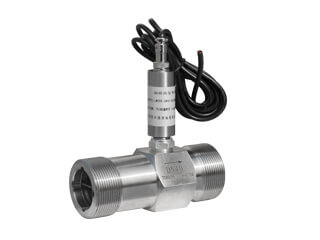
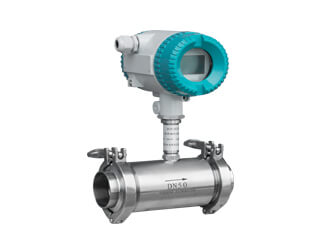
.jpg)
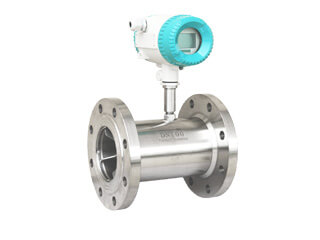
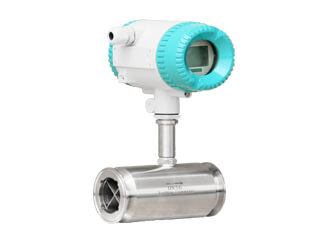
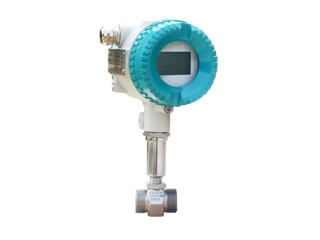
.jpg)
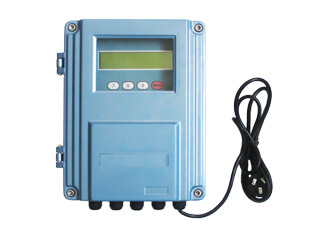
.jpg)
.jpg)
.jpg)
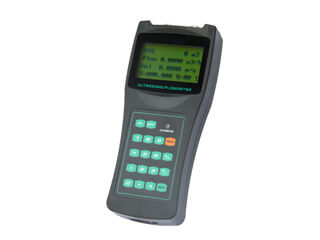
.jpg)
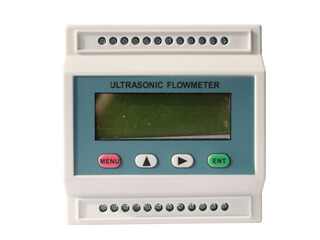
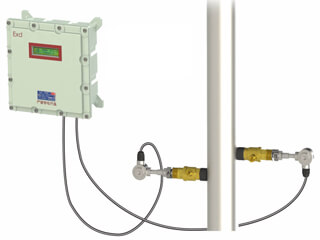
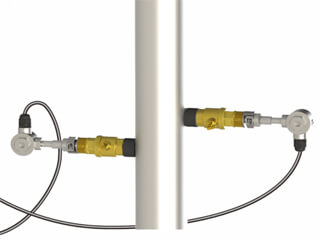
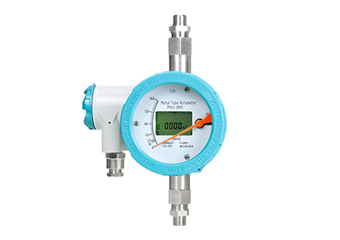
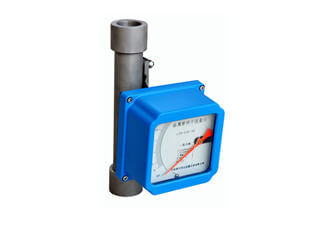
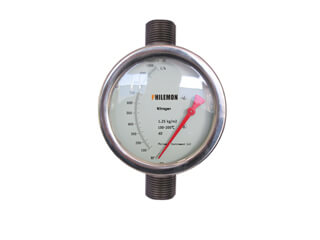
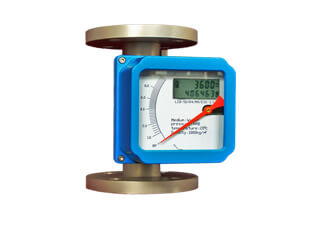
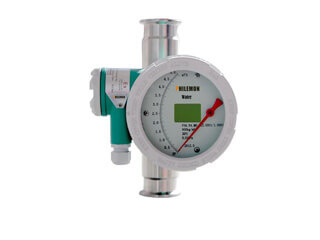
.jpg)
.jpg)
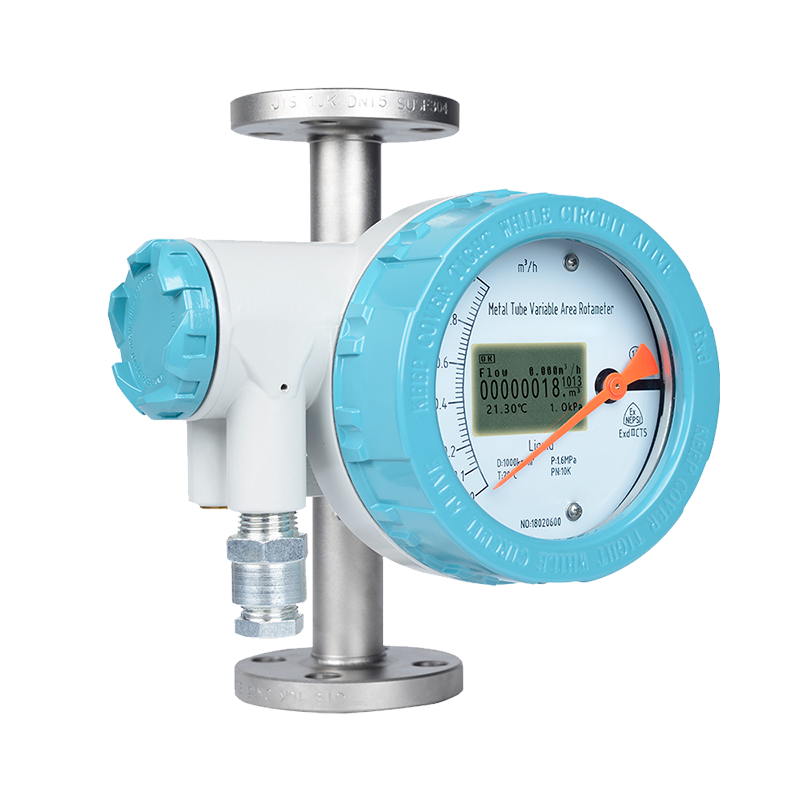
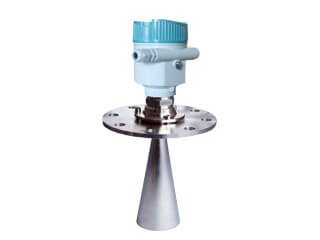
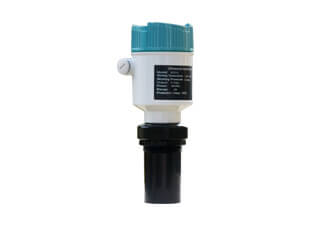
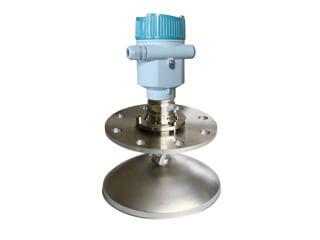
.jpg)
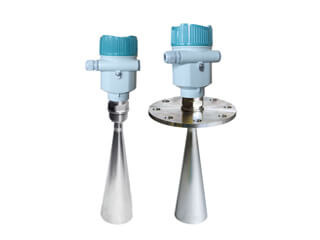
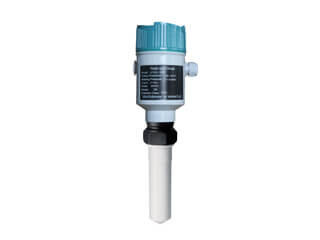
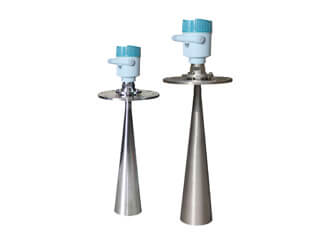
.jpg)
.jpg)
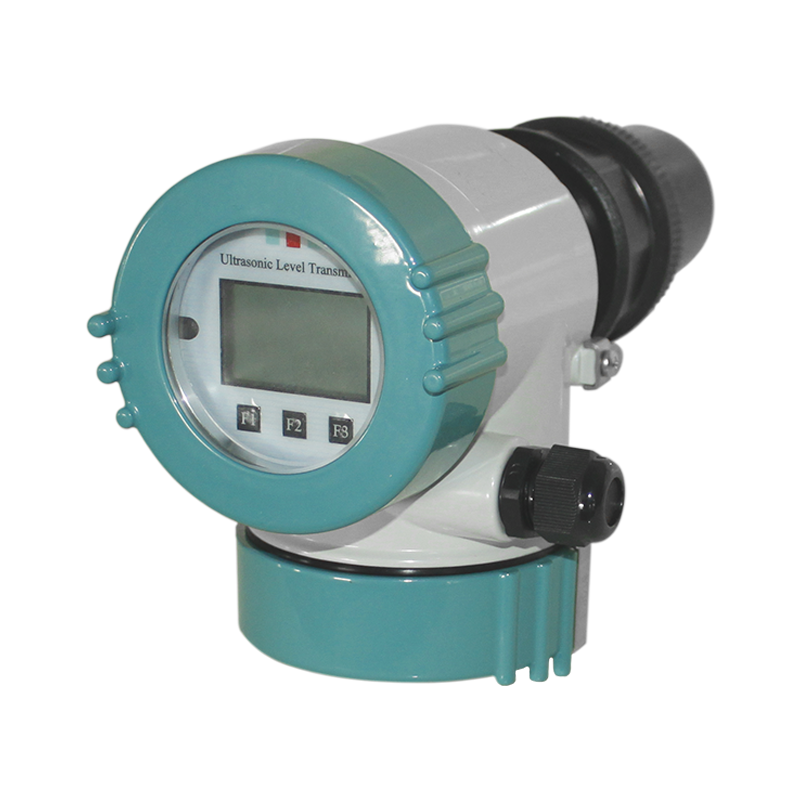
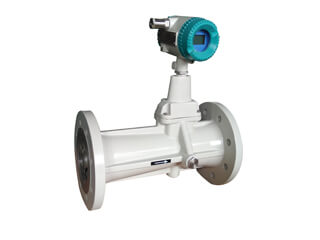
.jpg)
.png)
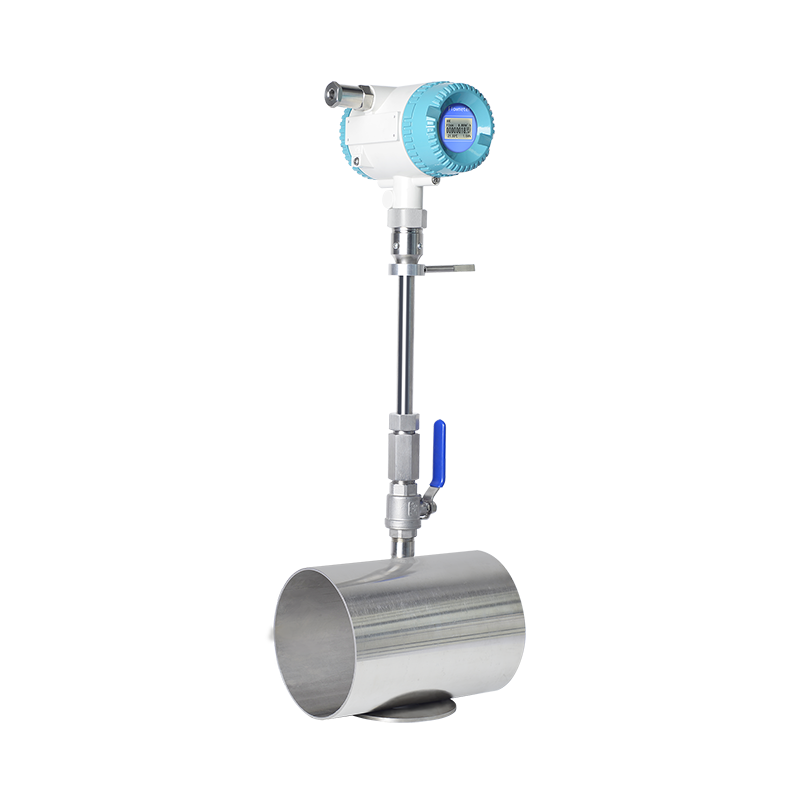
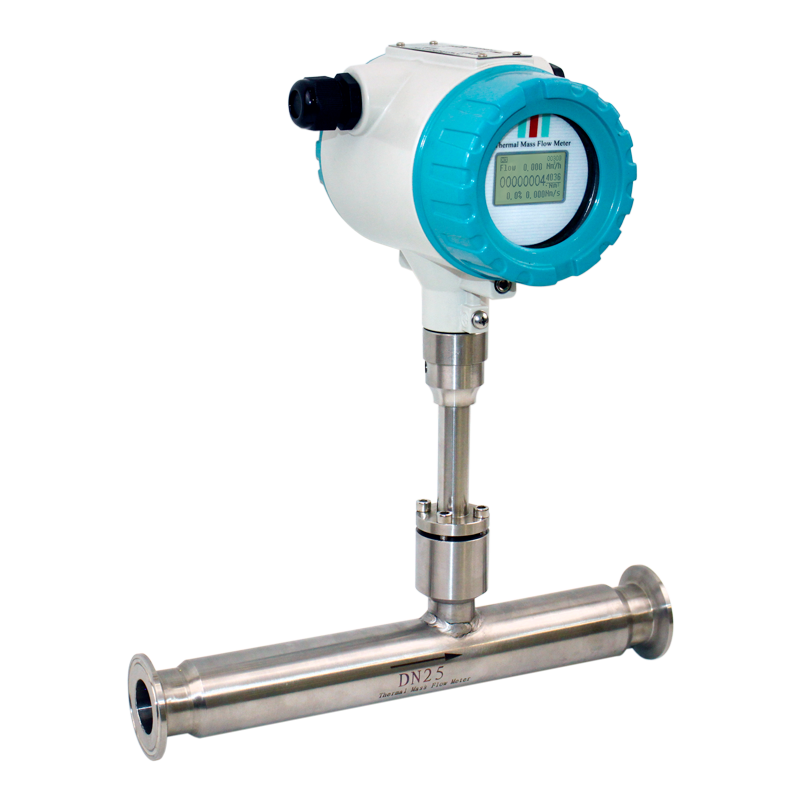
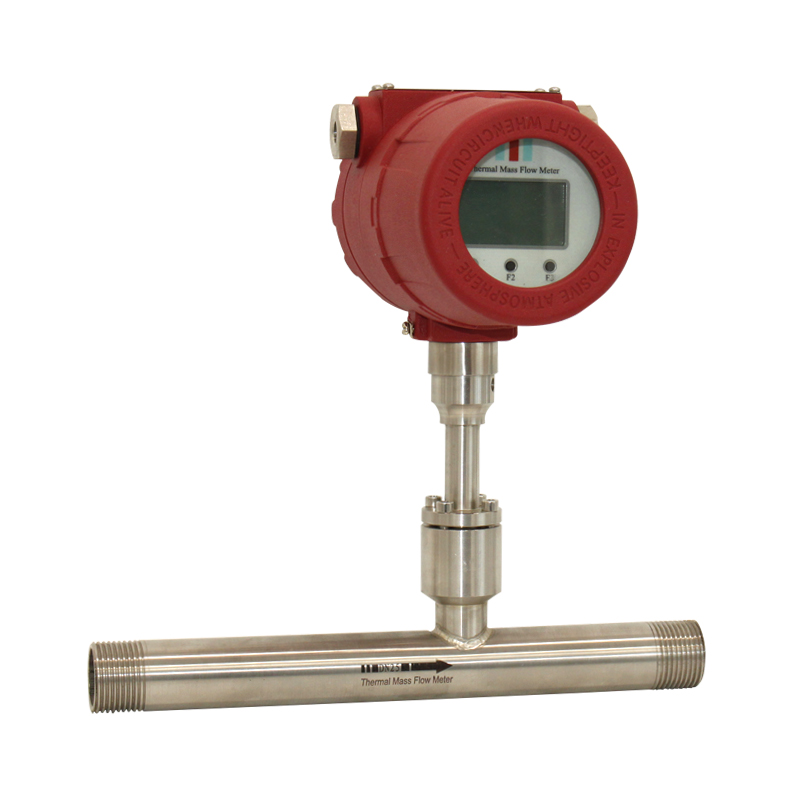
.jpg)
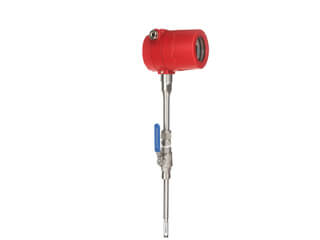
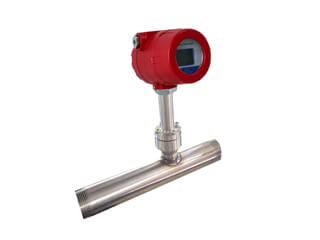
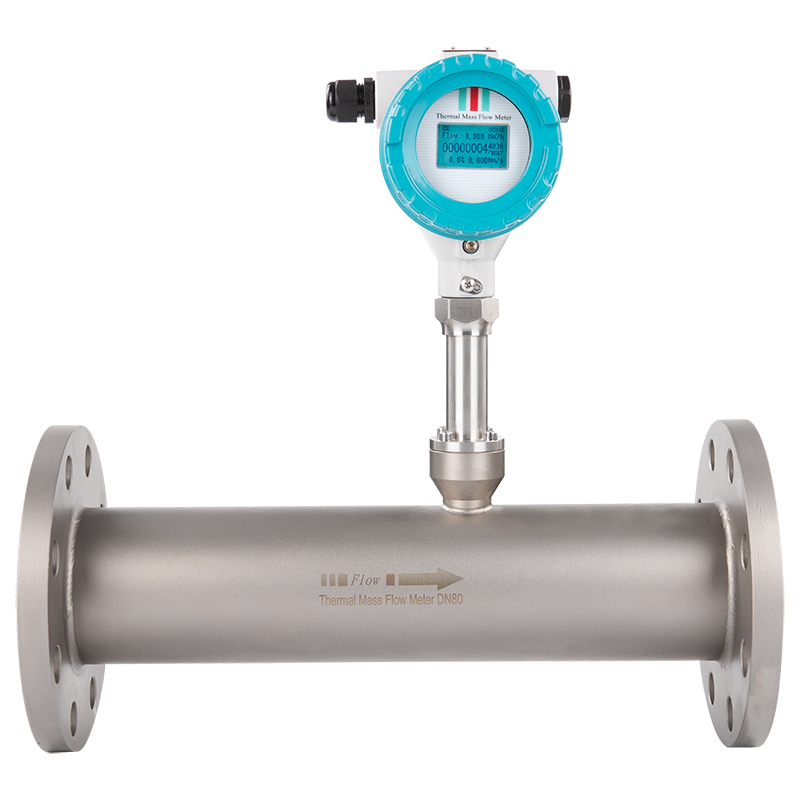
.png)
